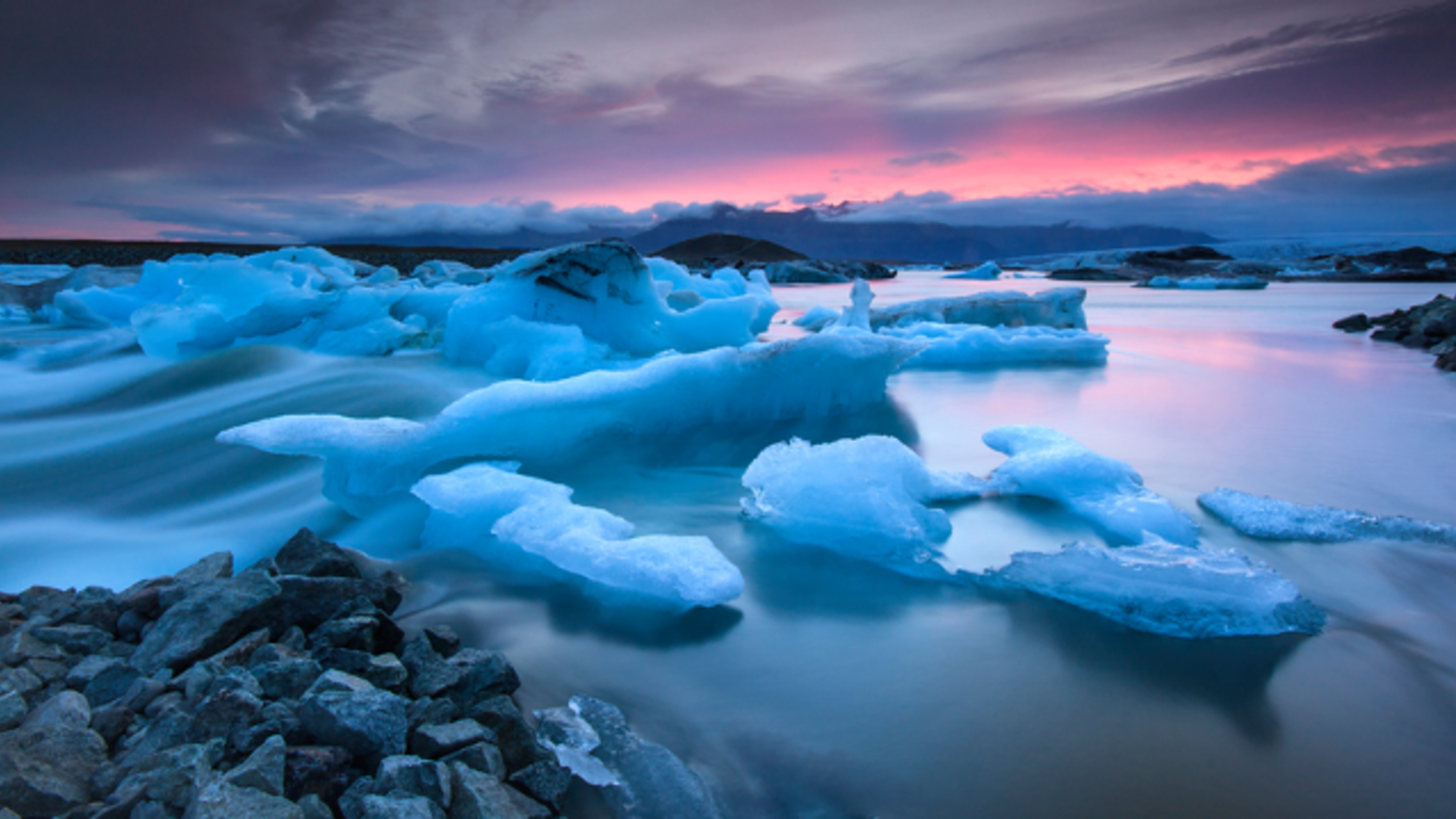Hello ladies and gents this is the Viking telling you that today we are talking about
ICE
"Ice is water in its solid form, but it’s also important to our planet. Here climate scientists Anne Britt Sandø and Vidar Lien explain some of the secrets of ice.
1. Frozen water, carbon dioxide and nitrogen
This may seem like a banal question, but why is there ice on Earth?
“Because temperatures fall below zero degrees Celsius. After all, there’s no ice on Mercury and Venus”, says Lien.
“And because we have water”, adds Sandø.
“Yes, of course. There are planets and moons with dry ice, in other words frozen carbon dioxide. And on Triton, Neptune’s biggest moon, nitrogen freezes solid due to temperatures that reach well below minus 200 degrees Celsius. It’s really fascinating that we’re in the exact temperature range where we have water in its solid, liquid and gaseous forms”, says Lien.
2. Two types of ice on Earth
There are two types of ice on Earth: What scientists call land ice consists of fresh water, whereas sea ice is made of salt water.
“The salt in the sea ice is gradually eliminated. So new sea ice contains lots of salt, whereas old sea ice is quite fresh”, says Lien.
What happens inside the ice is that the salt is compressed into pockets with very high salinity. Eventually these pockets start melting, and the brine creates small channels in the ice before finally flowing out of the ice. As a result, the sea ice becomes fresher and fresher. New sea ice may have a salt content of over two percent salt, whereas in seawater it is typically 3-3.5 percent”, explain the researchers.
“The salt content of old sea ice is less than one percent”, says Lien.
3. Salt affects physical properties
The salt it contains means that seawater behaves differently from fresh water.
“The rule of thumb is that sea water usually freezes at around minus 1.8 degrees Celsius, whereas most people knows fresh water freezes at zero degrees”, says Sandø.
In Antarctica, however, there is seawater at minus 2.2 degrees under the ice shelf, in other words the part of the ice that extends out into the sea.
“Where the ice reaches into the sea, there is seawater between the ice and the sea floor hundreds of metres below sea level. Due to the pressure, the water doesn’t freeze until it is colder than minus two degrees Celsius”, says Lien.
Another difference between fresh water and seawater is their weight. Or more specifically, the way in which temperature affects their weight.
“Whereas fresh water is heaviest at plus four degrees Celsius, seawater just gets heavier and heavier as it approaches its freezing point. So, whereas in a lake the temperature can be four degrees at the bottom and zero degrees on the surface, the coldest seawater is on the sea floor”, says Lien.
4. Melts out in Antarctica, but survives the summer in the Arctic
Around ten percent of the world’s land surface and approximately seven percent of its oceans are covered by ice, say the climate scientists. Antarctica and the Arctic are, unsurprisingly, the places with most ice, but they are not just polar opposites geographically.
“Antarctica is a large continent surrounded by the ocean, whereas the Arctic is a large ocean surrounded by continents”, says Lien.
This means that the world’s southernmost continent has an enormous amount of ice on land, as well as sea ice in winter.
“The sea ice spreads out from the coast and eventually covers huge areas. Over ten million square kilometres of ice freezes in winter and melts in the summer”, says Lien.
In the Arctic, the sea ice often survives the summer, and becomes a few years old before melting.
“But this multiyear ice, as we call it, is getting younger and younger. It is becoming thinner and thinner, and more and more of it is melting”, says Sandø.
5. The oldest ice on the planet
The Earth’s southernmost continent has an extra layer of “insulation”, which keeps it cold.
“Antarctica has ocean currents and winds that circle around the continent, which mean that it is quite isolated. That keeps it cold”, says Lien.
This is one of the reasons why the oldest ice is found on Antarctica. It is also where the thickest, slowest-moving ice is found.
"The ice you find at the botom of the ice sheet on Antarctica is around a million years old. The oldest ice core that has been extracted there is 800,000 years old, whereas the oldest ice in Greenland is around 100,000 years old", says Lien.
Thats some cold hard facts for you I hope you liked today's post and as always have a chilled day from the Viking

Comments
Post a Comment